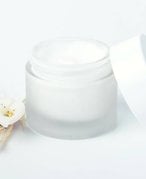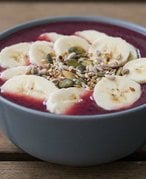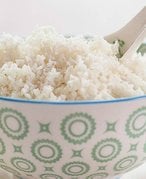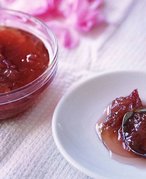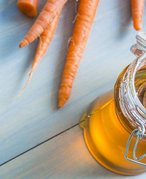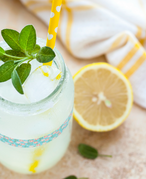Nutrition
Glowing skin starts from within. From fruit and herb-infused waters to healthy salads and delicious smoothies, we share all of Skincare.com's recipes here!Latest Articles
Recommended Articles
-
![4 Products With 5-Star Reviews]() Nutrition4 Products With 5-Star Reviews12/23/2016
Nutrition4 Products With 5-Star Reviews12/23/2016 -
![Your Morning Beauty Boost: A Delicious Acai Bowl Recipe + Face Mask]() NutritionYour Morning Beauty Boost: A Delicious Acai Bowl Recipe + Face Mask11/8/2016
NutritionYour Morning Beauty Boost: A Delicious Acai Bowl Recipe + Face Mask11/8/2016 -
![Beauty Recipes From Nature: Thai Coconut Rice Recipe]() NutritionBeauty Recipes From Nature: Thai Coconut Rice Recipe11/7/2016
NutritionBeauty Recipes From Nature: Thai Coconut Rice Recipe11/7/2016 -
![Rose Petal Jam Recipe Inspired by Beauty Recipes From Nature]() NutritionRose Petal Jam Recipe Inspired by Beauty Recipes From Nature11/4/2016
NutritionRose Petal Jam Recipe Inspired by Beauty Recipes From Nature11/4/2016 -
![Honey-Glazed Carrots Recipe Inspired by Beauty Recipes From Nature]() NutritionHoney-Glazed Carrots Recipe Inspired by Beauty Recipes From Nature11/3/2016
NutritionHoney-Glazed Carrots Recipe Inspired by Beauty Recipes From Nature11/3/2016 -
![Fizzy Charcoal Lemonade Recipe Inspired By Beauty Recipes From Nature]() NutritionFizzy Charcoal Lemonade Recipe Inspired By Beauty Recipes From Natu...11/2/2016
NutritionFizzy Charcoal Lemonade Recipe Inspired By Beauty Recipes From Natu...11/2/2016































